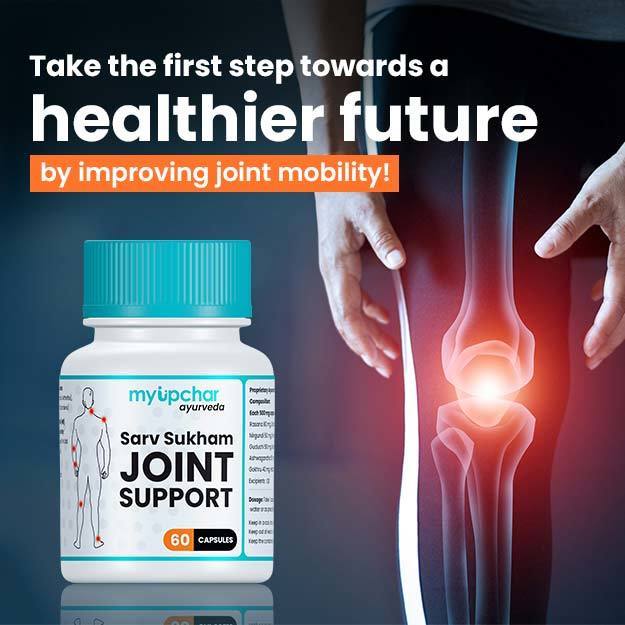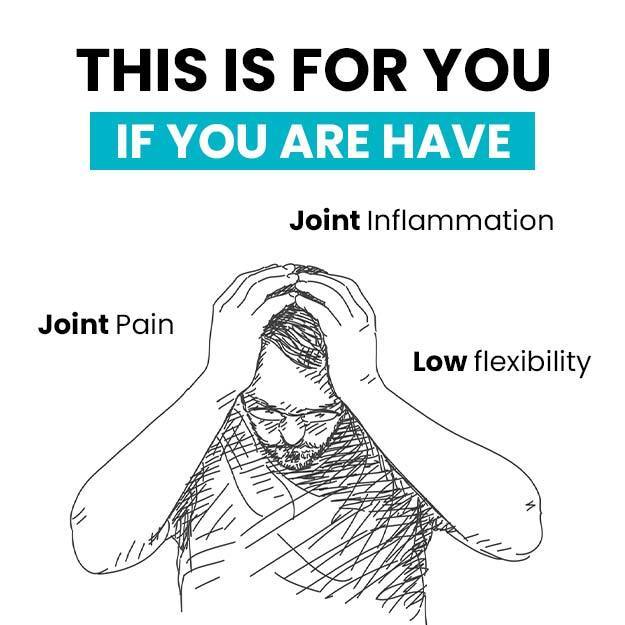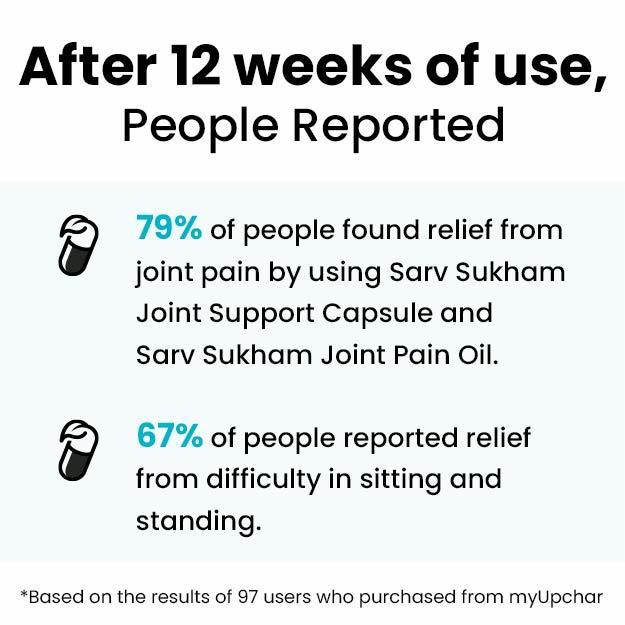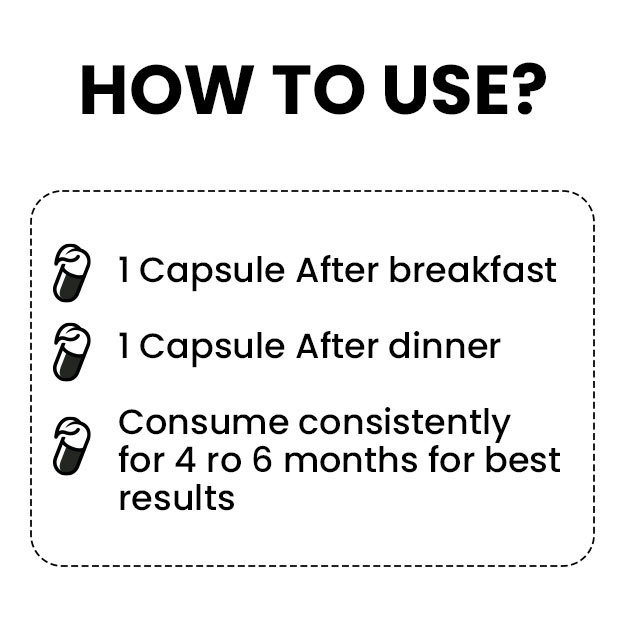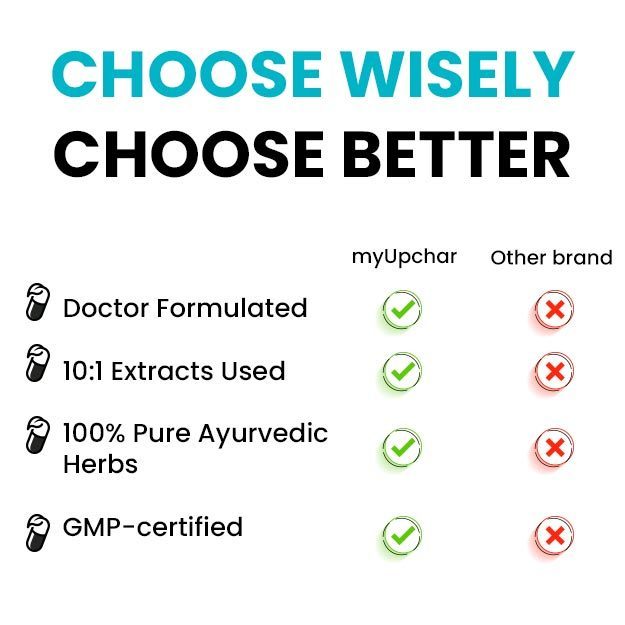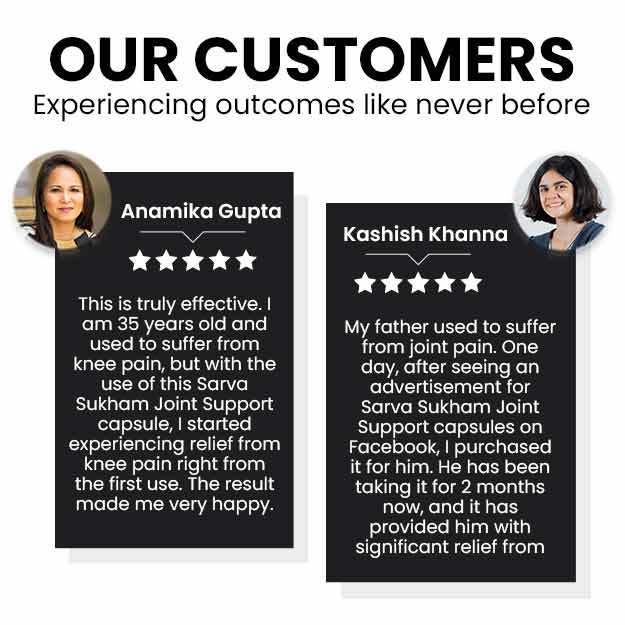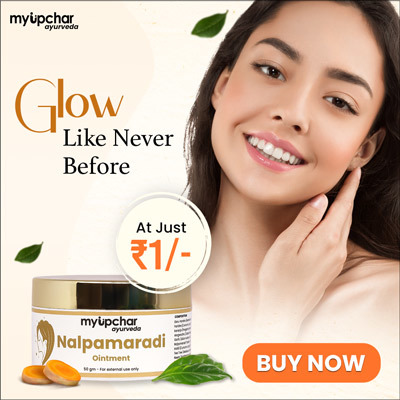Lack of sleep or tiredness are reasons attributed to people developing dark circles under their eyes. An out-of-balance lifestyle, coupled with hectic work hours and poor sleeping habits are indeed indicative of someone having them, but there is a lot more to it than that.
Dark circles are bilateral, round, homogeneous light to dark-coloured, brownish-black pigmentation under the eyes. Dark circles can be of different types, depending on the pigmentation and structures involved.
There are several reasons why dark circles begin to show, and your lifsetyle is only one of them. Hyperpigmentation of the skin under the eyes happens to people due to skin allergies or due to ageing as well.
The origin of dark circles notwithstanding, hyperpigmentation shouldn't be a cause for concern and simple changes in lifestyle and habits should be able to address the problem.



